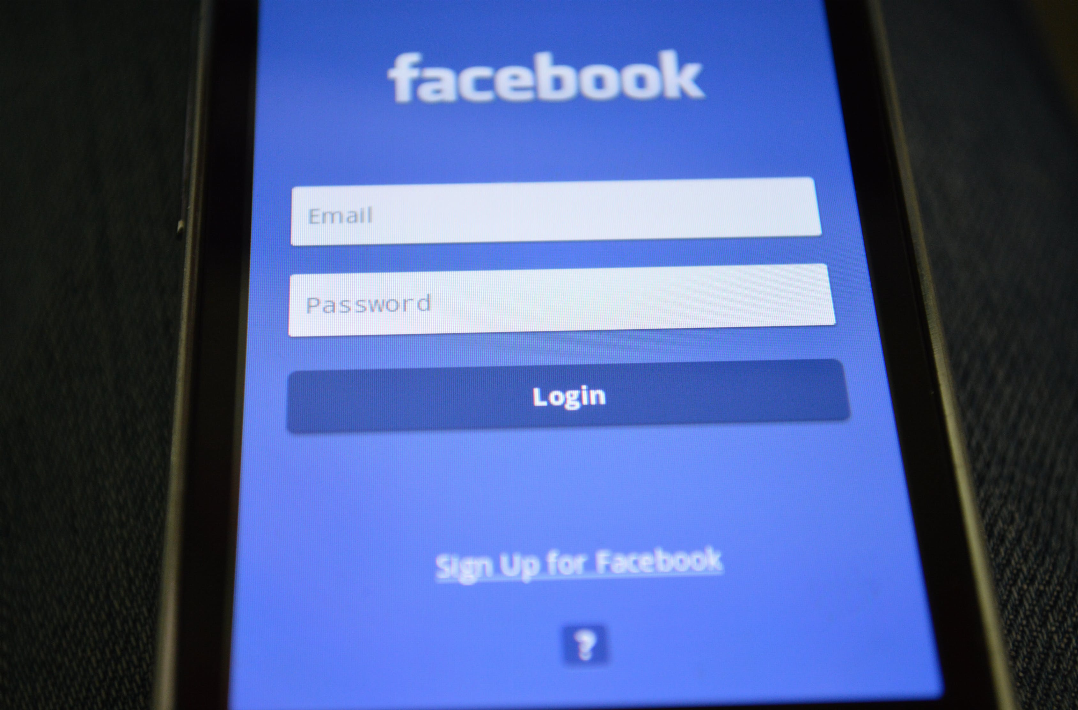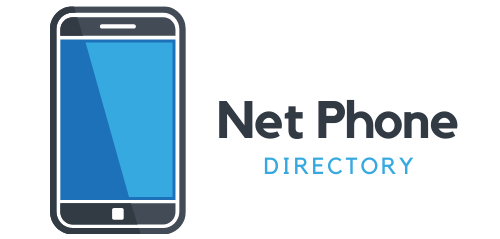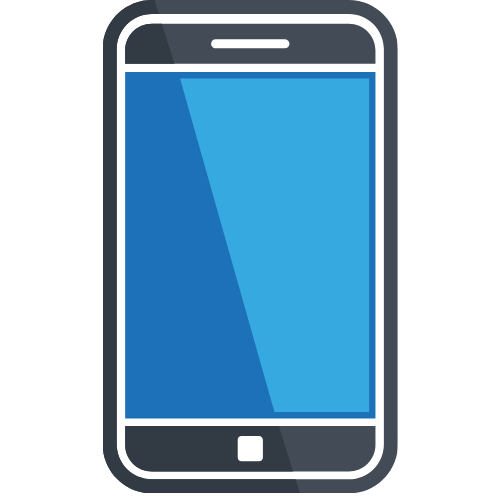Facebook is one of the more popular social platform nowadays. It may appear it is losing speed and market share, but it is still the platform with the bigger daily user base. The preference of this social network is due to the fact that it allows more than one to highlight their brands and reach several people at the same time. Therefore, it is an effective way that you should absolutely exploit in order to have a community and make a lot of business. It has an instant messaging platform called Messenger that is recognized as the fastest and easiest way to exchange information in the world of electronic communication. Its particularity is that it is compatible with virtual assistants such as chatbots or conversational robots. This technology is very much in the news because of its many advantages for online marketing. So, what are the tips to design a chatbot for Facebook Messenger? Let’s take an in depth look!
Chatbot Messenger: what is it?
Etymologically, chatbot is a combination of two different words, namely chat (dialogue, discuss) and bot (robot). In fact, to define it literally, we would have said ChatRobot more simply. And to be more precise, this tool is able to hold conversations like an existing person. However, for this to be effective, it is necessary to implement a computer program in due form that can perform this role from the chatbot owner’s page.
At the same time, it is important to remember that a Chatbot Messenger is not only a tool that is programmed to perform a specific mission. Its role goes far beyond this performance. It can also educate you through the discussions you have with it. And that’s not all. This tool also allows itself to :
– Give an answer to the questions that are addressed to it;
– Offer services according to the requests of the Internet user;
– Redirect towards a human helper if it detect the need to
Tips for designing a chatbot for Facebook Messenger

Designing a chatbot is something that requires professionalism and skill. It is not something that is done in a haphazard way. However, there are effective ways to do it. All you need to do is follow the following tips:
List the use cases that the bot could handle
The first thing you need to do in order to create or set up a chatbot for Facebook Messenger, you must first list the use cases that this tool could handle. To do this, it’s essential to start considering the use cases for your product by including things like after-sales service requests, order tracking requests, duplicate invoice requests, pricing requests, etc.
Next, you need to estimate the volume of requests per day in order to classify the use cases according to their volume. This is a process that will allow you to optimize the training costs of the bot, since each use case requires a specific training of the bot, which thus generates significant costs.
Choose precisely 1 to 4 use cases to be handled by the bot
The second thing to do in order to design a Messenger chatbot is to succinctly choose 1 to 4 different use cases to be handled by the bot. To do this, you can consider a single use case as long as it generates a significant volume of requests (at least 50 to 100 requests per day), is personalized for each user (otherwise a traditional FAQ would be sufficient), saves time for the employees and can respond efficiently to the request.
For example, a chatbot can be particularly suitable for unlocking SIM cards for a phone operator. On the other hand, providing the RIO code should not be handled by a chatbot (this request might be better handled by a retention cell to prevent the loss of customers to the competition). Using this selection, you can determine the overall conversational design of the chatbot while identifying the main missions and major options to include.
Allow the selected use cases to be answered by the chatbot
Here, it is essential to carefully select the most relevant use cases for the chatbot, taking into account the service provided to customers, the profitability and image of the company as well as the technical feasibility. Sometimes, this may require a complex integration with information systems, depending on the CRM or ERP. In such cases, it is recommended to consult with the IT department to determine if it is possible to feed the chatbot accordingly.
In other situations, the use cases or scenarios may be so complex that it is preferable to restrict the bot’s scope of action by targeting a specific population or by limiting the integration to an ERP rather than implementing a “Swiss army knife” chatbot. To this end, a methodical approach to the selection of use cases will help guarantee the success and efficiency of the chatbot.
Proceed to the modeling of the conversation flow
This involves converting the use cases into a flow of conversations between the user and the chatbot. In order to do this, you can create a dialogue tree using the conversation script that will allow you to model a prototype of the conversational design.
Conceptualizing the chatbot
From this point on, the real work begins, as it is time to move from theory to practice. All the elements necessary to build the chatbot. For this purpose the flow of discussions, the start of discussions, the tasks to be launched, the connections with the CRM and the responses to errors must be gathered in a common Excel sheet or in a project management tool such as Trello.com, Asana or Wrike in order to provide the bot’s designer with all the necessary information to start building the chatbot.
Once the bot is developed on the chatbot building platform, it is imperative to immediately start interacting with the chatbot being built and testing conversations. It’s essential to start testing early in the process to avoid having to go backwards once the entire conversational design is coded. This can be costly in terms of time and effort. So here are all the steps needed to design a facebook mesenger chatbot.

